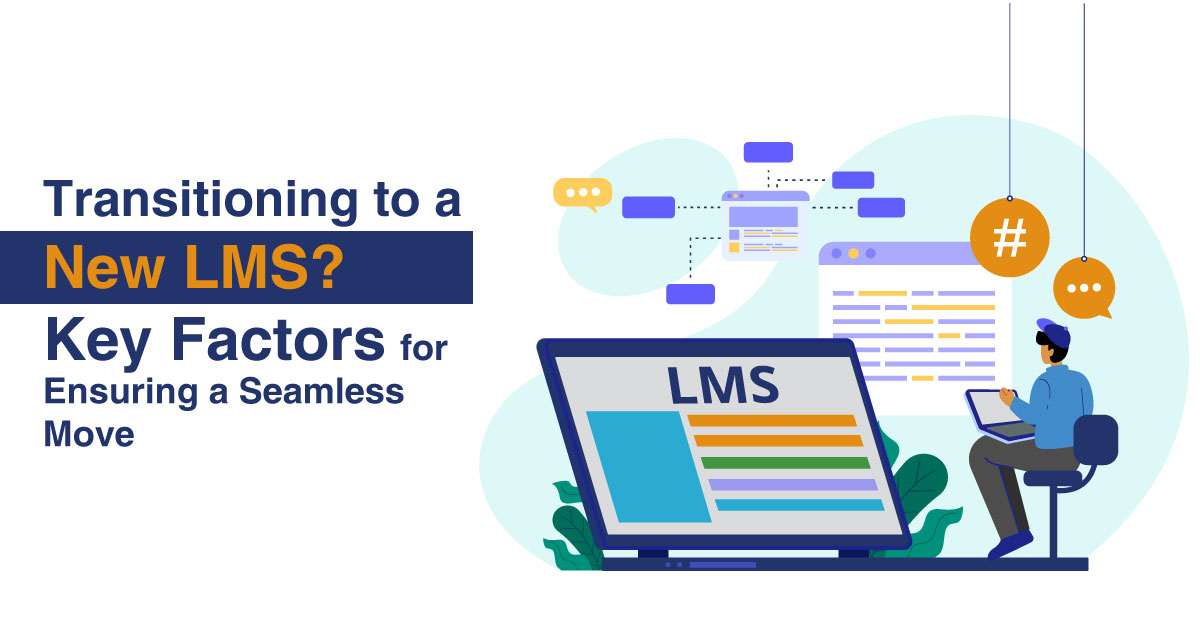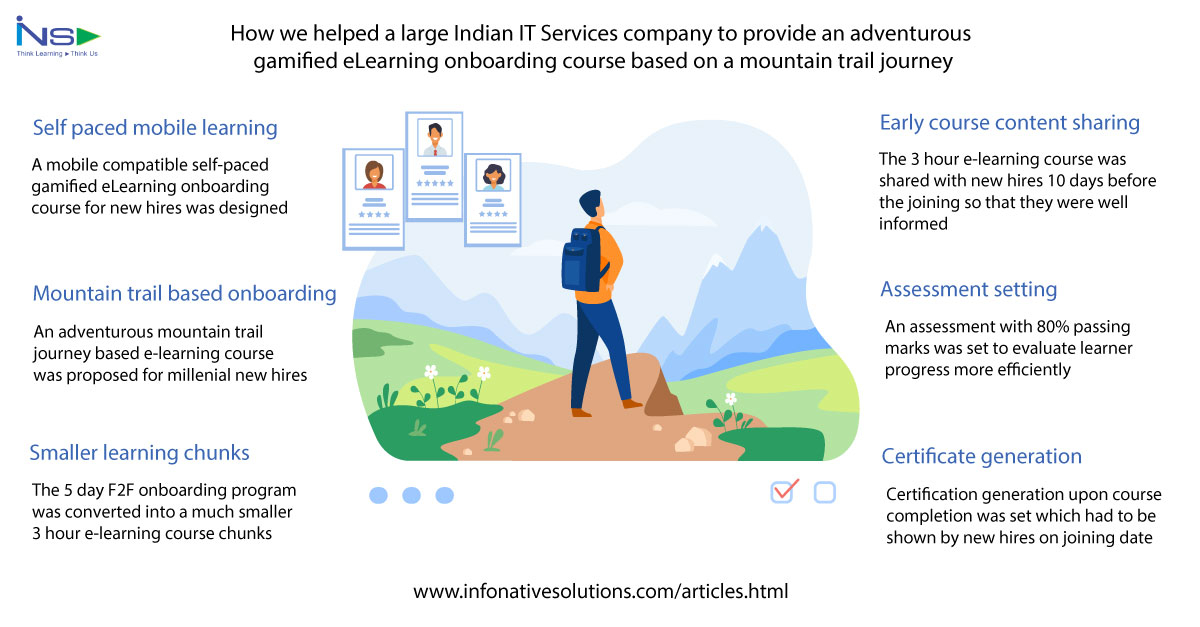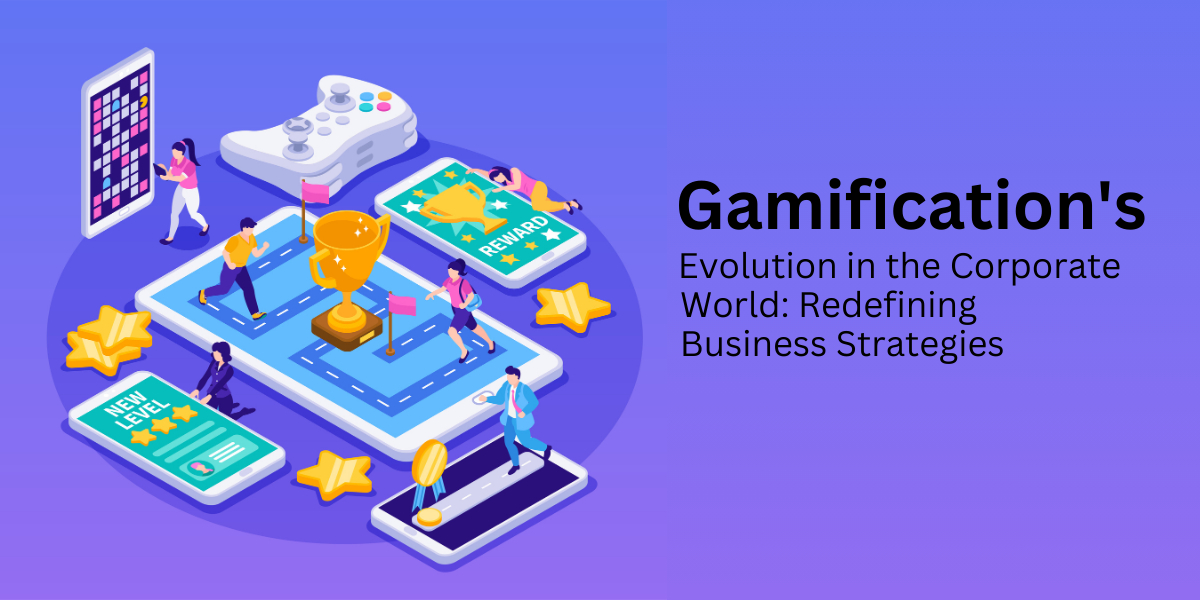Your Learning Management System (LMS) is the engine driving online learning. However, as needs change and technology leaps forward, consider a switch. Exciting, yes, but also potentially disruptive. Overcoming change is necessary. Fear not, careful planning and focusing on key factors can make your LMS migration a breeze.
A Learning Management System (LMS) is a software application that helps organizations create, deliver, manage, and track educational courses and training programs. It is a central hub for all things online learning. Below are the essential characteristics outlined:
Course Creation and Delivery: Instructors can use the LMS to upload learning materials like documents, videos, presentations, and even create online quizzes and assignments. Learners can then access these materials and complete courses at their own pace.
Learner Management: The LMS keeps track of learners enrolled in a course, their progress, and their performance on assessments. This allows instructors to monitor learner engagement and identify areas where students might need additional help.
Reporting and Analytics: The Learning Management System (LMS) provides valuable data about learner activity. Instructors can see which topics most challenging, how long learners are spend on specific modules and overall course completion rates. This data helps them improve their courses and identify areas where learners might be struggling.
Accessibility and Scalability: A good LMS is accessible from any device with an internet connection, making learning flexible and convenient for learners. Additionally, an LMS can scale to accommodate a growing number of learners, making it suitable for organizations of all sizes.
Setting the Stage: Defining Your Needs
Thinking about a new Learning Management System (LMS)? It's a smart move to keep pace with evolving needs. But before diving in, a smooth transition requires careful planning. The initial stage involves comprehending the reasons behind the necessity for change.
Conduct a thorough needs analysis. This isn't a solo mission! Involve instructors, learners, and IT personnel to identify features missing in your current LMS. What's crucial? Are instructors yearning for better content creation tools? Do learners struggle with a clunky interface? Is IT frustrated with limited integrations?
Knowing your goals from the beginning is key. Is user-friendliness a top priority? Are there specific functionalities necessary? Defining these needs from the outset guides your LMS selection and ensures everyone on board, a recipe for a successful upgrade.
Choosing the Right Partner: Selecting Your New LMS
Armed with a clear understanding of your needs, it's time to explore the exciting world of LMS options! Here's where careful research becomes crucial.
Consider factors like scalability. Can the platform grow with your organization? Security is paramount. Ensure the Learning Management System (LMS) safeguards sensitive learner data. Think about integrations, how seamlessly will it connect with your existing software?
Don't forget about user experience (UX)! Look for platforms with intuitive interfaces that are easy for both instructors and learners to navigate. Robust features are great, but a clunky interface can hinder learning. Strong customer support is a must-have. A reliable provider will be there to assist you throughout your LMS journey.
Demoing several Learning Management System (LMS) options is highly recommended. Get a firsthand feel for the platform and see how it aligns with your needs. Involve key stakeholders in this process, instructors should feel comfortable creating courses, and learners should find the interface user-friendly.
By carefully considering these factors and involving key players in the selection, you'll be well on your way to choosing the perfect LMS that meets everyone's expectations.
Preparing for Liftoff: Data Migration and User Training
Transitioning to a new Learning Management System (LMS) isn't just about the platform itself. Two key aspects ensure a smooth move: data migration and user training.
Data migration is the bridge connecting your old and new systems. Develop a comprehensive plan to securely transfer course content, like documents and videos, user data (profiles and login information), and learning history (completed courses and progress). Partnering with the Learning Management System (LMS) vendor is crucial – they'll be your guide through this data journey, ensuring a secure and efficient transfer.
Once the data bridge is built, user training equips everyone to navigate the new platform. Think of it as providing a map and compass. Offer comprehensive training on new functionalities, whether it's online tutorials, engaging video guides, or even in-person workshops. Cater to different learning styles and ensure everyone – instructors and learners alike, feels confident using the new LMS.
By prioritizing data migration and user training, you'll bridge the gap between your old and new LMS, creating a smooth transition for everyone involved.
Communication is Key: Keeping Everyone Informed
The switch to a new Learning Management System (LMS) isn't a solo act. Clear and consistent communication is vital to a smooth transition throughout the process. Here's how to keep everyone informed and engaged.
Think transparency. Regularly update stakeholders – instructors, learners, and IT – on the progress. Emails and newsletters can be your communication workhorses. Address any concerns head-on, fostering trust and open dialogue.
Consider additional communication channels. Dedicated online forums can be a great space for users to ask questions and share experiences. This fosters a sense of community and helps everyone navigate the change together.
Don't forget resources! Provide users with access to helpful materials – think user guides, FAQs, or even video tutorials. The more resources available, the more confident users will feel about embracing the new Learning Management System (LMS.
Effective communication ensures everyone feels informed and involved. By keeping stakeholders in the loop, addressing concerns, and providing helpful resources, you'll create a smooth transition and pave the way for a successful new chapter in your learning journey.
A Smooth Landing: Post-Launch Support and Continuous Improvement
The transition doesn't end with the launch of the new Learning Management System (LMS). Offer ongoing support to users as they navigate the new platform. Consider setting up a dedicated help desk or FAQ section to address common questions and concerns. Furthermore, seek input from users to pinpoint aspects that can be enhanced.
Transitioning to a new LMS can be a transformative experience. By focusing on these key factors – defining needs, selecting the right platform, planning data migration, training users, and maintaining open communication – institutions can ensure a smooth and successful move. This paves the way for a more engaging and effective learning experience for everyone involved.




